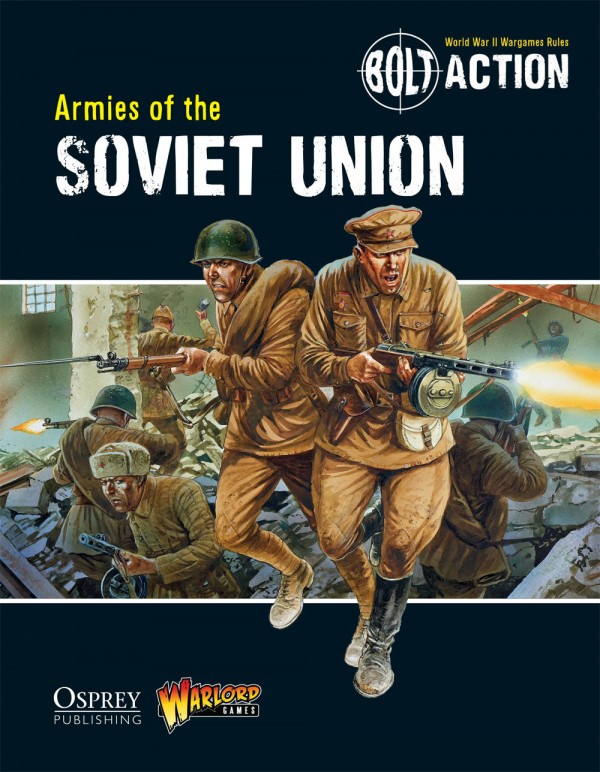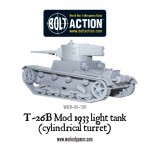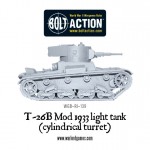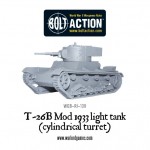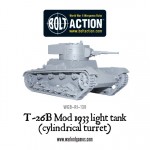Yet another new resin Bolt Action vehicle is unleashed onto the field of battle this week – this time something for the Soviets and Chinese. This model of the T-26 was also captured and repurposed by the Finns, Germans, Romanians and Hungarians). It also served in the Spanish Civil War.
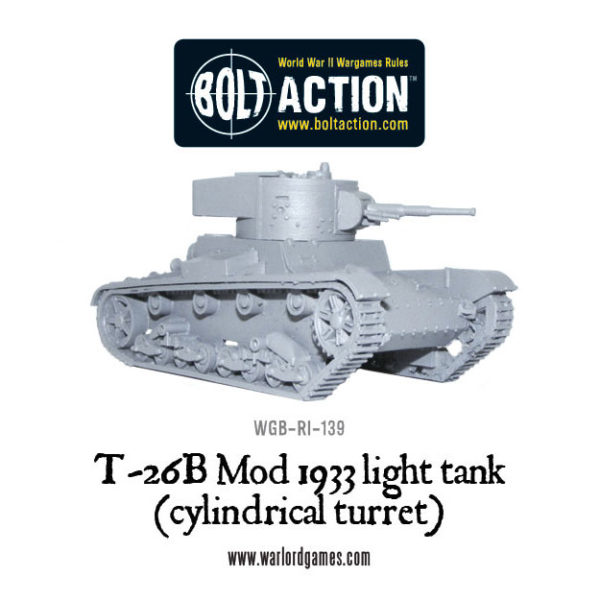
The T-26 tank was a Soviet light infantry tank used during many conflicts of the 1930s and in World War II. It was a development of the British Vickers 6-Ton tank and was one of the most successful tank designs of the 1930s until its light armour became vulnerable to newer anti-tank guns.
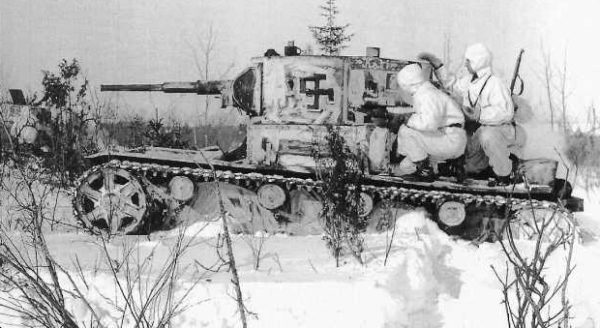
It was produced in greater numbers than any other tank of the period, during the 1930s, the USSR developed 53 variants of the T-26, including flame-throwing tanks, combat engineer vehicles, remotely controlled tanks, self-propelled guns, artillery tractors, and armoured carriers. Twenty-three of these were series-produced, others were experimental models.
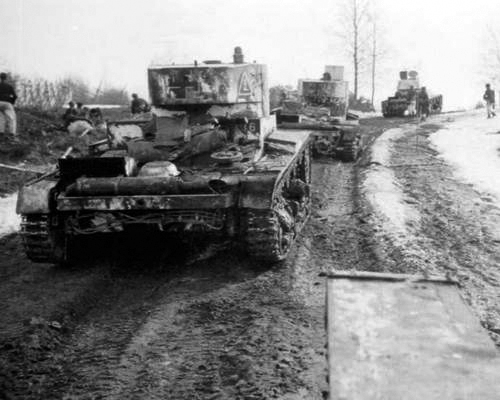
In 1933, the Soviets unveiled the T-26 mod. 1933. The Model 1933, with a new single cylindrical turret carrying one 45 mm cannon and one 7.62 mm machine gun becoming the most common T-26 variant. The increased firepower was intended to aid crews in defeating dedicated anti-tank teams, as the original machine gun armament had been found insufficient.
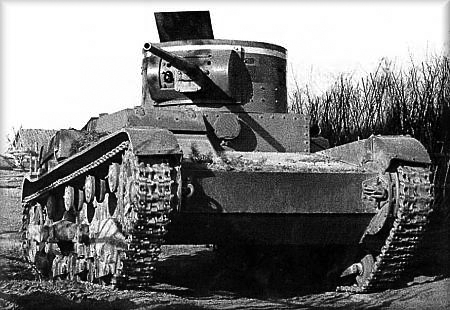
Rules for this iconic Soviet light tank can be found in the Armies of the Soviet Union supplement:
